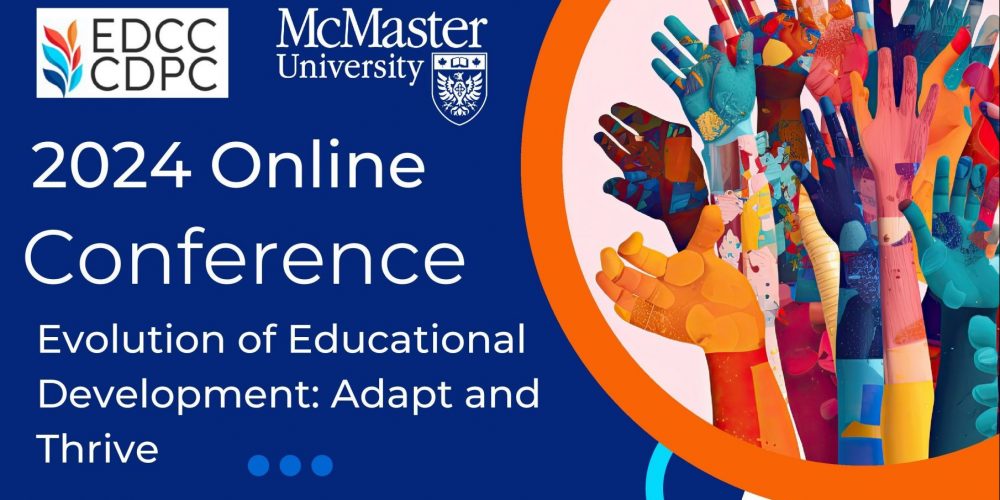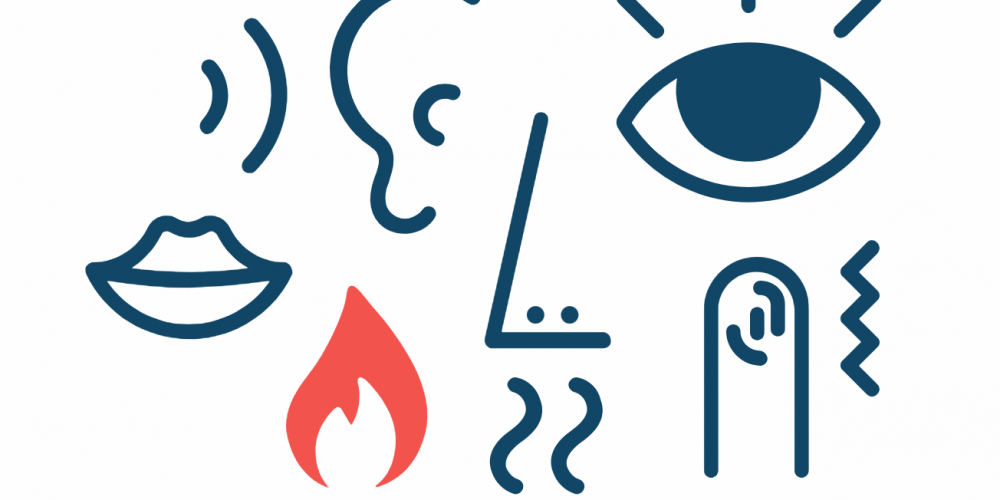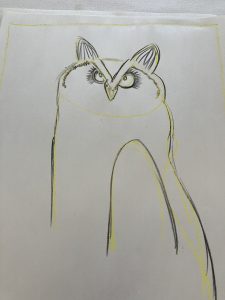We’ve been thinking a lot about the relationships between our coaching and educational development practices. We recently joined a group of educational developers to explore the link between
coaching and individual consultations in our work in higher education, at the
Educational Development Community in Canada’s (2024) conference. The theme of that conference was “Evolution in Educational Development: Adapt and Thrive”.
Consultations are at the core of our practices as educational developers. Through consultations with individuals and small groups, we collaborate with educators to navigate through the teaching and learning challenges they experience and to celebrate their successes. Beaudoin (2017) emphasizes the importance of developing an awareness of self, a knowledge of others, an understanding of relational tools, and a knowledge of process as we engage in consultations. Here, we are exploring coaching as a relational learning process that integrates both our being and our actions. This approach emphasizes not only what we do but also who we are as we engage in individual consultations.
Adopting a curiosity-driven coaching approach, where advice is not dispensed, can yield numerous advantages. These benefits include guiding individuals to:
- discover their own solutions
- adapt to challenge and change
- uncover and reframe assumptions and beliefs
- develop problem-solving skills
- strengthen self-awareness and metacognition, and
- identify a meaningful path forward
(Theeboom et al., 2014).
Coaching Competencies
The
International Coaching Federation (ICF) Competencies can be used as a tool for reflection on how we work to co-create a partnership based on mutual trust and respect during individual consultations. Here, we have slightly adjusted the wording of these coaching competencies to align more closely with the context of our efforts in higher education:
Demonstrates ethical practice: understands and consistently applies ethics of practice
- Embodies a coaching mindset: develops and maintains a mindset that is open, curious, flexible and learning-centred.
- Establishes and maintains agreements: partners with educator(s) to establish the parameters of the relationships, processes, plans and goals.
- Cultivates trust and safety: partners to co-create a trusted, supportive space.
- Maintains a relationship of mutual trust and respect.
- Maintains presence: is fully conscious and present with the client, embodying an approach that is open, flexible, grounded and confident.
- Listens actively: focuses on what the educator is (or isn’t) saying to fully understand what is communicated.
- Evokes awareness: facilitates insight and learning using powerful questioning, silence, metaphor or analogy.
- Facilitates growth: partners to transform learning and insight into action, and promotes educator autonomy in the process (ICF, nd).
Competencies in Action: Some Examples
Example 1: Demonstrates Ethical Practice
You’ve been contacted for a consultation. It’s unlikely that the first question you consider is “How can I demonstrate ethical practice?” Yet, if asked, you would agree that this approach is integral to your work. But, what does it mean to be an ethical practitioner/educational developer? Intuitively, you know that it entails being receptive to different teaching approaches, engaging in continuous learning, and demonstrating equity, respect, and inclusion, to name a few.
In practice, it can look like:
- I inquire into what support the instructor is looking for
- I find a private space to meet, and/or ask the instructor where they prefer to meet
- I let the instructor know if the conversation is confidential or not and what aspects (if any) I may need to report out.
Curious to know more?
Example 2: Listens Actively
Active listening is an important skill in educational development (Topornycky and Golparian, 2016). In our consultations, we listen to connect, to understand, and to interpret and make-meaning of what is shared.
In practice, active listening can look like:
- I minimize distractions and turn my notifications off my phone during the consultation
- I allow the instructor to speak fully, and do not interrupt or interject
- I demonstrate I am listening by nodding, using non-verbal cues or short verbal affirmations such as “uh-huh”, “yes”
- I acknowledge the importance of and provide space for silence
Curious to know more?
Your Turn
We invite you to pause for a moment and reflect on one or more of the ICF coaching competencies. You can engage in this reflection individually or collaborate with your fellow educational developers.
Prompts for reflection
- Where and how do (or could) these competencies show up during your individual consultations with educators?
- Imagine yourself in an individual consultation, what are you doing and experiencing as you lean into each of these competencies?
- As you think about enacting this competency, what tensions or questions come to mind?
Moving into Action
In consultations, it can be easy to fall into the space of offering advice and expertise to instructors. If you feel yourself filled with a desire to offer advice and expertise, recall the coaching competencies.
For example, instead of launching into best practices, you may want to ask a question first. This step ensures that the educators you collaborate with can determine their own path forward. If you do offer advice and expertise, make an offering, and when you offer it, do so without attachment. For example, you can frame your experience as follows, “Can I share something with you? [share with permission] How does this resonate with you?”
Alternatively (or in addition), consider how you can remain open and curious. If you notice a judgement bubbling up, how can you release it? How can you listen for what is not being said by the instructor? Remember that consultations are a collaborative endeavour.
We encourage you to take the time to learn from each consultation. The following questions may be used or adapted to guide your ongoing reflection after each consultation:
· What went well? In this context, what does “well” mean?
· What challenges or road blocks did I experience?
· What would I do again next time? Why?
· What would I change? Why?
References & Resources:
Abrahams, R. and Groysberg (2021) How to become a better listener. Accessed at: https://hbr.org/2021/12/how-to-become-a-better-listener
Beaudoin, J.-P. (2017) The five moments of building rapport in individual consultations. in West, K., Hoessler, C., Bennetch, R., Ewert-Bauer, T., Wilson, M., Beaudoin, J.-P., Ellis, D. E., Brown, V. M., Timmermans, J. A., Verwoord, R., & Kenny, N. A. Educational Development Guide Series: No. 2. Rapport-Building for Educational Developers. Ottawa, ON: Educational Developers Caucus. Accessed at: https://www.stlhe.ca/resources/educational-development-resources/educational-development-guides/
Theeboom, T., Beersma, B., & van Vianen, A. E. (2014). Does coaching work? A meta-analysis on the effects of coaching on individual level outcomes in an organizational context. The Journal of Positive Psychology, 9(1), 1-18.






